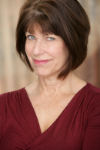Woo Hoo! You have a callback!
You are super excited. You are dressed ready to go, show up at the right location, on time. All good so far.
You get in the room and the spot has changed! The set up is totally different and now you have no dialogue.
Just react.
Most actors have a reaction, albeit brief, but a look of shock and concern comes over their face. Certainly would have been nice to know that 10 minutes ago in the lobby.
My rule of thumb is prepare for the callback to be different and if it is the same as the initial call FANTASTIC! But more times than I would like to count SOMETHING is different.
It just means you cannot lock into one way to do the spot and very important to know all lines and everything that is going on before you come in.
Directors are often cryptic in their direction as well.
A good practice for actors is to repeat back the note or direction you heard in a playable action.
For example: Director say, "Lets do one where you throw it away!"
You can repeat.. "Great so just more conversational?"
Director responds with, "Yes Yes.. lets try that."
Shorthand for director/ session director notes:
Throw it away- This means don't put too much emphasis on anything, and make the dialogue less important to communicate. You know when you are in the middle of texting and talking to someone. One thing gets most of your attention, probably the text, so your dialogue is understated and isn't emphatic.
or when you are shopping for the perfect apple at the store but telling a story to a friend. The story may become secondary in importance to finding an non-bruised apple.
Play around with it- This is an indication that they are not sure which way to go with the spot and is a Great opportunity for you to improv and bring your personality to the spot. You can add some brief little ad lib to spice it up. Or take a completely different approach to the copy. This is helpful if you have practiced it several different ways. In a callback I am much more on tactical alert and not as relaxed as at my house. So having a few choices in my hip pocket will come in handy when asked to play around with it!
Make it bigger- Not said as often anymore. But it could be in reference to you going for IT 100%. Really commit to the choice. They are giving you permission so if you only do it slightly bigger it will be a let down for them. Just GO FOR IT and then they can modulate the next take.
PACE IT UP- This is simple, Give it more urgency. It is simple to do if you internally feel like you have to run out and feed your meter, or the dog is outside waiting for you, or your car is running, or class is about to start etc. IF you give yourself that set of circumstances it will pick up the pace perfectly without rushing through for the sake of rushing.
Anything can happen in a callback, so be ready for anything and everything! Know that having a director or session runner give you a note is not necessarily a criticism of your first choice, but often an excuse to try something different and see how well you take direction. Inevitably you will be asked to do something different, and it is the actors who are able to take direction well while also delivering truthful performances who will book the job!
Judy Kain is an actress and the owner of Keep It Real Acting Studios. She teaches The Business Of Acting, Wednesday Workouts, Advanced Callback and A-Z Commercial Class. Judy is the author of I Booked It.












